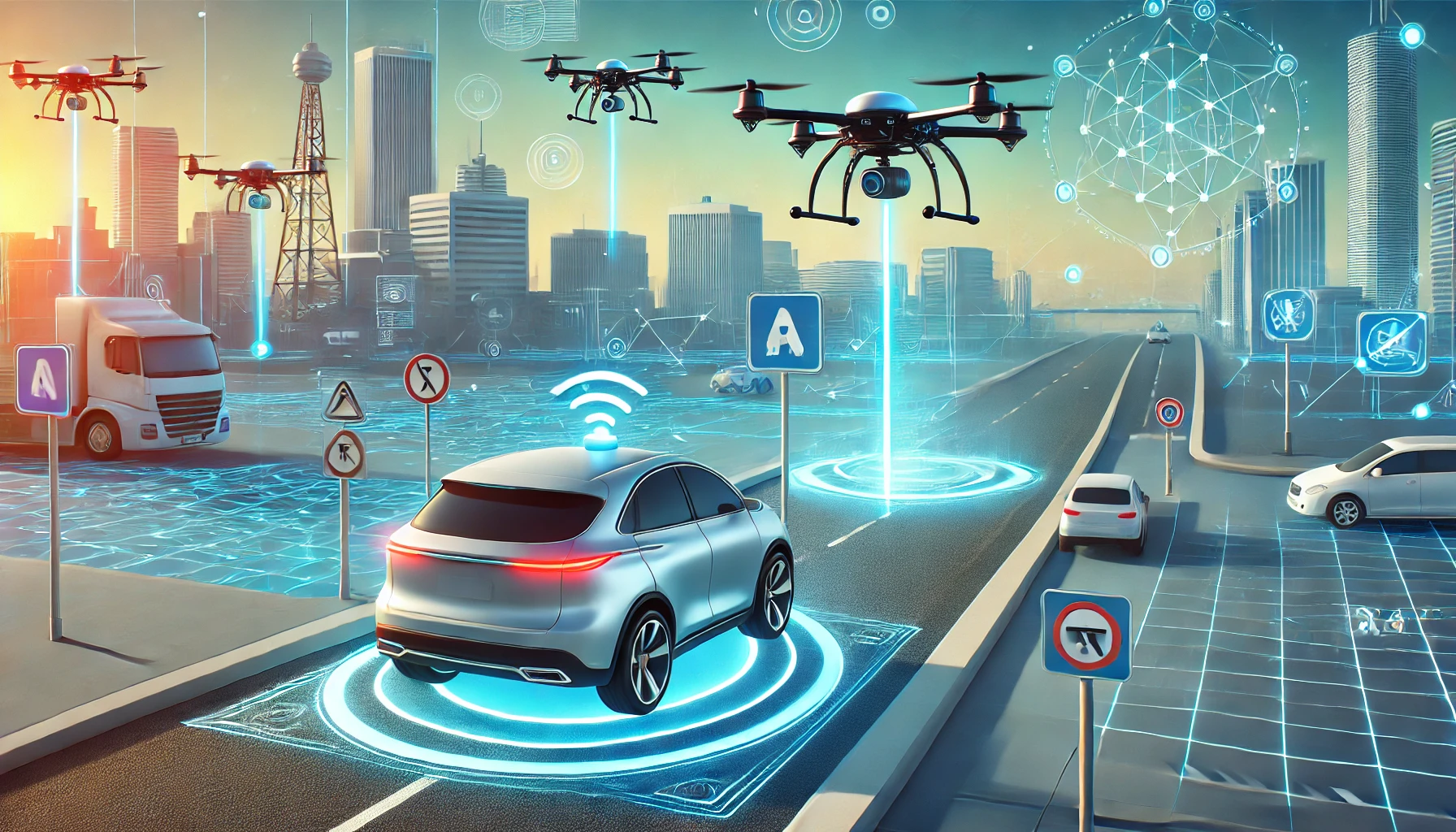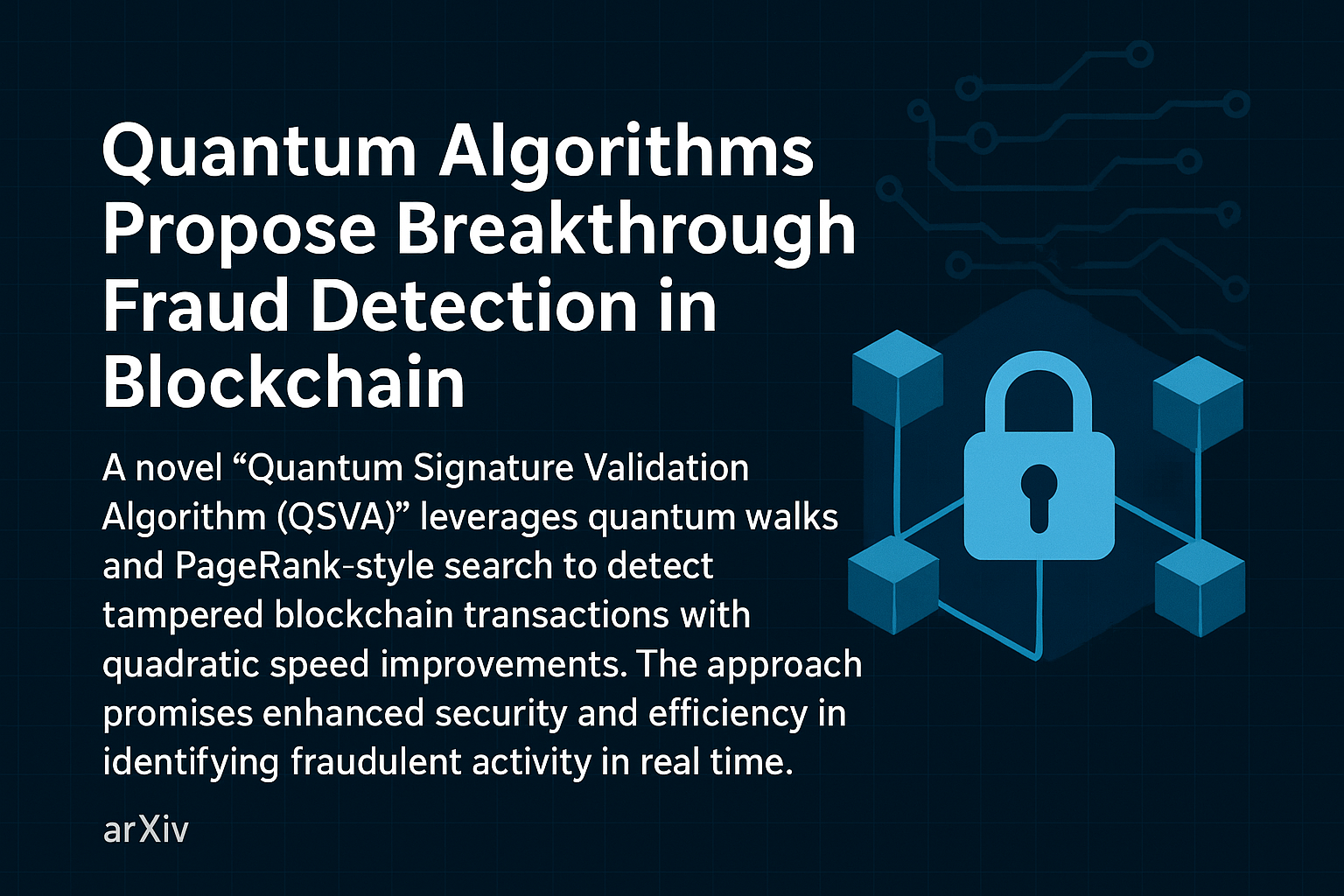The rapid advancement of artificial intelligence (AI) has propelled the development of autonomous systems, including self-driving cars, drones, and robotics, which are becoming increasingly integrated into everyday life. However, with this growing adoption comes the need for robust regulatory frameworks to ensure safety, ethical operation, and public trust. Across the United States and the European Union, new safety guidelines and regulations are being developed to govern these technologies, marking a significant step toward responsible AI integration in autonomous systems.
The Need for Regulation
Autonomous systems hold immense potential to revolutionize industries, from transportation and logistics to healthcare and manufacturing. However, the deployment of these technologies also presents new challenges, particularly in terms of safety, accountability, and data privacy. Self-driving cars, for instance, must navigate complex urban environments, making split-second decisions that could impact human lives. Similarly, drones and robotics operate in sensitive areas, such as crowded cities or industrial sites, where safety and compliance with local laws are critical.
Given these challenges, governments and regulatory bodies in both the U.S. and the EU are working to develop comprehensive frameworks that address the unique risks posed by autonomous systems. These frameworks aim to ensure that AI-powered machines operate safely, securely, and ethically, while still allowing for innovation and the continued growth of the sector.
U.S. Efforts to Regulate Autonomous Systems
In the United States, the regulatory landscape for autonomous systems is evolving rapidly. The U.S. Department of Transportation (DOT) and the National Highway Traffic Safety Administration (NHTSA) are at the forefront of creating safety guidelines for autonomous vehicles. In recent years, the NHTSA has issued voluntary guidelines for manufacturers, encouraging transparency in how AI systems make decisions and ensuring safety features are prioritized.
One of the key focuses in the U.S. has been on testing and deployment regulations for self-driving cars. Several states have enacted their own laws regarding autonomous vehicle testing, with California, Arizona, and Texas leading the way. The federal government, meanwhile, is pushing for a cohesive national framework to avoid a patchwork of state regulations that could hinder innovation and complicate deployment.
The Federal Aviation Administration (FAA) is also actively working on drone regulations, particularly around the safe integration of drones into U.S. airspace. New rules allow for expanded use of drones for commercial purposes, including beyond visual line of sight (BVLOS) operations, but they come with strict safety requirements, such as remote identification and airspace authorization.
EU Regulatory Progress
The European Union has been similarly proactive in addressing the regulation of autonomous systems. The European Commission has developed a series of initiatives aimed at ensuring the safe and ethical use of AI in autonomous vehicles, drones, and robotics. In 2020, the European Union introduced the “AI Act,” a comprehensive regulatory framework that seeks to establish legal requirements for AI systems, including those used in autonomous machines.
The EU’s approach is centered on risk-based regulation, categorizing AI systems into different risk levels based on their potential impact on safety and fundamental rights. Autonomous systems, particularly those in transportation and public safety, fall under high-risk categories, meaning they are subject to stricter regulatory scrutiny. These regulations emphasize the importance of transparency, human oversight, and accountability in the deployment of AI technologies.
In addition to the AI Act, the European Union has implemented specific regulations for autonomous vehicles through its General Safety Regulation. This regulation mandates that new vehicles in the EU must be equipped with advanced safety features, such as automated emergency braking and lane-keeping assistance, which are essential for the safe deployment of self-driving cars.
Safety Guidelines for Autonomous Systems
Both the U.S. and the EU are prioritizing the development of safety guidelines to ensure that autonomous systems are deployed responsibly. These guidelines cover a wide range of areas, including:
- Transparency and Explainability: Regulations require that AI decision-making processes in autonomous systems be transparent and explainable to users. This is particularly important in critical situations, such as accidents involving self-driving cars, where understanding the actions taken by the AI system is essential for liability and safety assessments.
- Human Oversight: Many of the new regulations emphasize the importance of human oversight in autonomous systems. Even with advanced AI, there is a recognition that human operators must remain in the loop, particularly in high-risk scenarios where human judgment may be necessary to override AI decisions.
- Cybersecurity: Autonomous systems rely heavily on data and communication networks, making them vulnerable to cyberattacks. As such, regulations are being developed to ensure that these systems are protected against hacking and unauthorized access. This is especially important for drones and autonomous vehicles, which could pose serious safety risks if compromised.
- Ethical AI Use: The ethical implications of AI in autonomous systems are also being addressed in regulatory frameworks. Guidelines are being developed to ensure that AI systems operate in a manner that respects human rights and does not perpetuate bias or discrimination. This is particularly important in applications like robotics, where AI may interact directly with people in settings such as healthcare or public services.
Challenges and the Path Forward
Despite the progress being made, regulating autonomous systems remains a complex task. The rapid pace of technological innovation often outstrips the ability of regulators to keep up, leading to gaps in oversight. Moreover, the global nature of the AI and autonomous systems industries means that international coordination is essential to ensure consistency in regulations.
Both the U.S. and the EU are working to address these challenges by fostering collaboration between governments, industry leaders, and academic researchers. Public-private partnerships are being encouraged to help regulators stay ahead of technological developments while ensuring that innovation is not stifled by overly restrictive rules.
The regulation of autonomous systems is a critical step in ensuring the safe and ethical deployment of AI in everyday life. With new safety guidelines being developed across the U.S. and the EU, the groundwork is being laid for a future where autonomous vehicles, drones, and robotics can operate safely and responsibly. As AI continues to evolve, so too must the regulatory frameworks that govern its use, ensuring that these transformative technologies can deliver on their promise while minimizing risks to public safety and trust.
By striking the right balance between innovation and regulation, both the U.S. and the EU are positioning themselves as leaders in the responsible development and deployment of autonomous systems. The ongoing efforts to create transparent, accountable, and secure AI systems will pave the way for a safer, smarter future.




